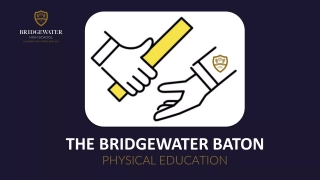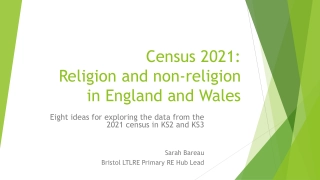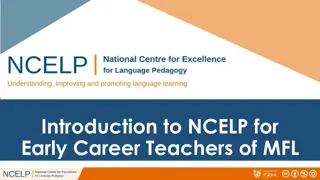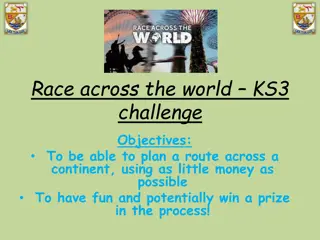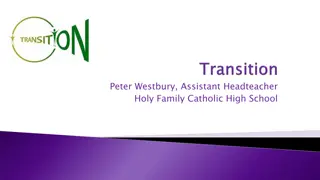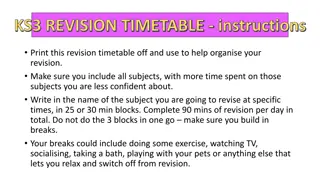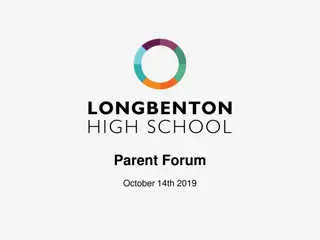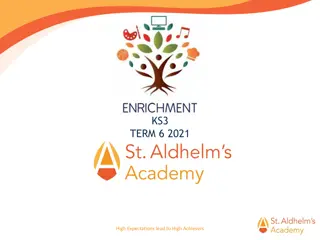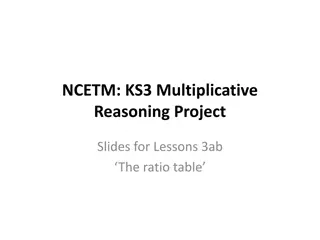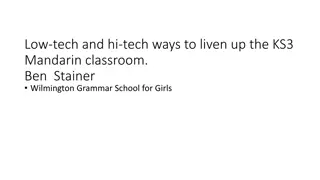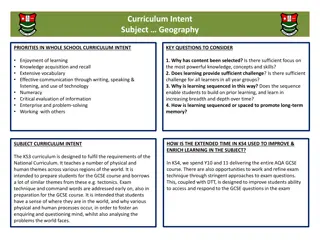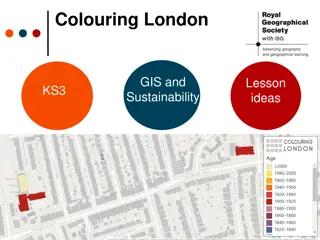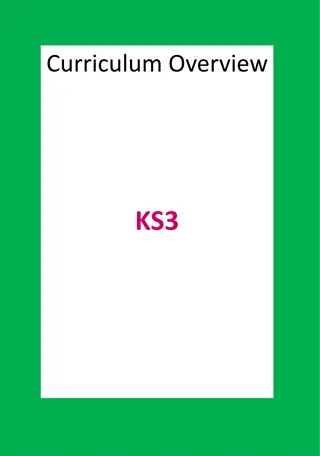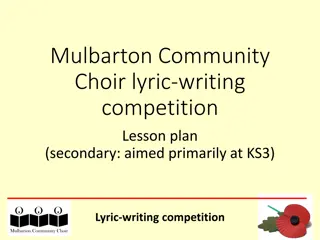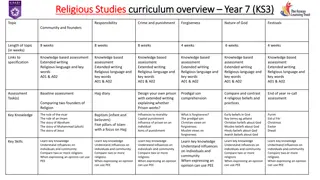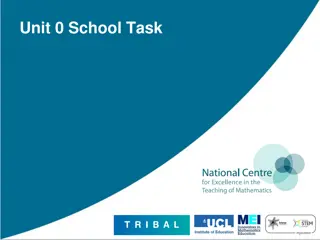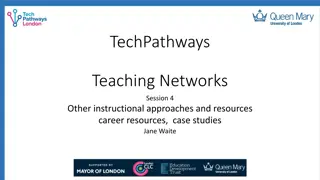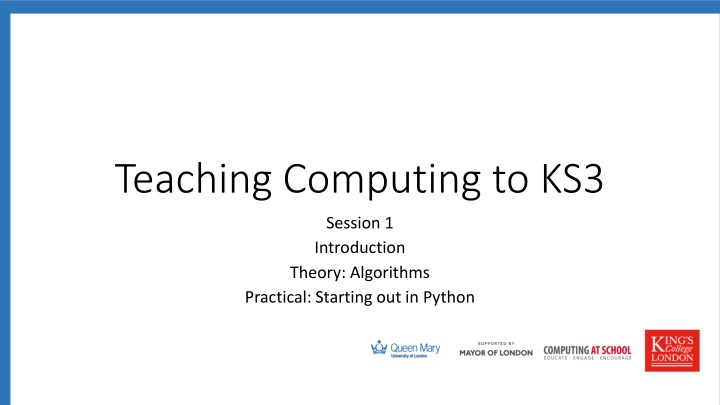
Computational Thinking for Key Stage 3 Students
"Explore the fundamentals of computational thinking through algorithms and Python programming in this engaging KS3 computing course. Understand the key features of computers and develop problem-solving skills essential for the 21st century. Enhance logical reasoning and algorithmic understanding for effective problem-solving in a digital world."
Download Presentation

Please find below an Image/Link to download the presentation.
The content on the website is provided AS IS for your information and personal use only. It may not be sold, licensed, or shared on other websites without obtaining consent from the author. If you encounter any issues during the download, it is possible that the publisher has removed the file from their server.
You are allowed to download the files provided on this website for personal or commercial use, subject to the condition that they are used lawfully. All files are the property of their respective owners.
The content on the website is provided AS IS for your information and personal use only. It may not be sold, licensed, or shared on other websites without obtaining consent from the author.
E N D
Presentation Transcript
Teaching Computing to KS3 Session 1 Introduction Theory: Algorithms Practical: Starting out in Python
Course outline Week No Understanding computers (5:00 6:00) Developing programming skills (6:00 7:00) 23rd January Algorithms Python: Turtle Graphics 30th January Binary numbers Python: Turtles & Functions 6thFebruary More on binary numbers Python: If statements 20thFebruary Boolean logic Python: Loops 27thFebruary Representing sound and images Problem-solving in Python (and Scratch) 6thMarch How the computer works Problem-solving in Python (and Scratch) 13thMarch More about the computer Problem-solving in Python (and Scratch) 20thMarch Python Easy Gui and Consolidation
What is computational thinking? Computational thinking is recognised as a key skill set for all 21st-century learners whether they intend to continue with computing science or not. It involves viewing the world through the thinking practices that software developers use to write programs. 5 main areas: seeing a problem and its solution at many levels of detail (abstraction) thinking about tasks as a series of steps (algorithms) understanding that solving a large problem will involve breaking it down into a set of smaller problems (decomposition) appreciating that a new problem is likely to be related to other problems the learner has already solved (pattern recognition) realising that a solution to a problem may be made to solve a whole range of related problems (generalisation).
Curriculum links KS3 understand several key algorithms that reflect computational thinking [for example, ones for sorting and searching]; use logical reasoning to compare the utility of alternative algorithms for the same problem And what goes before? KS1 understand what algorithms are; how they are implemented as programs on digital devices; and that programs execute by following precise and unambiguous instructions KS2 use logical reasoning to explain how some simple algorithms work and to detect and correct errors in algorithms and programs
Key features of computers Computers are deterministic: they do what you tell them to do. This is news to many, who think of them as pure magic. Computers are precise: they do exactly what you tell them to do. Computers can therefore be understood; they are just machines with logical working.
What is the similarity between these? Cooking recipe Downloading software or music Car repair manual Setting up a music playlist Knitting pattern Calling a friend on the phone Sheet music
Algorithms An algorithm is a sequence of instructions Solving a problem involves breaking it down into tasks and being able to describe steps to solve each aspect of the task.
Activity 1: Algorithm exercise follow exactly!! 1. 2. Draw a diagonal line Draw another diagonal line connected to the top of the first one Draw a straight line from the point where the diagonal lines meet Draw a horizontal line over the straight line At the bottom of the straight line, draw a curvy line Draw a diagonal line from the bottom of the first diagonal to the straight line Draw a diagonal line from the bottom of the second diagonal to the straight line 3. 4. 5. 6. 7.
How did the pictures turn out? Compare your picture with others' pictures Were they different? Why? What was difficult about following the instructions What was missing from the instructions? Can you improve on these instructions?
Follow-up task: Design an algorithm The task/problem: make a shape out of paper one sheet of A4 Write the algorithm Write a set of instructions that explains how to make a paper shape from 1 sheet of A4 paper Test it Try out does it work? Note: follow your instructions as closely as possible Adjust the instructions if necessary
Follow-up task: Following an algorithm Hide your shape Get into pairs by teaming up with someone on the opposite side of the room move to sit together Do not show them your paper shape hide it!! Swap algorithm/instructions with your partner Follow your partner's instructions to create their paper shape Compare shapes how similar is each 'pair' of shapes? what advice can you give on how to improve the instructions?
What do we know about algorithms? What are the key characteristics of a good algorithm? Why are they hard to develop? Must be unambiguous Must be correct Must be at the right level of detail Also, what did can be learned about problems we pick? too large sometimes?
Activity 2: An algorithm for noughts and crosses In pairs, play noughts and crosses with one player using the algorithm on the handout exactly. Does the person with the algorithm win?
Now try .. Select one of the pictures to write instructions for Write instructions ONLY using the symbols given Swap with another group and see if your instructions work!
Task: Paper Cup Activity Key Lesson Vocabulary: Algorithm - A series of instructions on how to accomplish a task Coding - Transforming actions into a symbolic language Debugging - Finding and fixing issues in code Function - A piece of code that can be called over and over
Activity 4: Algorithmic Doodle Art Use the handout here. Here is an example Doodle Algorithm. What does it look like? Start by drawing a single straight vertical line DoodleDraw from that line as follows. To DoodleDraw from a given line: 1. Draw 3 shorter lines at an angle in the top two-thirds of the line on its left side. 2. Draw 3 shorter lines at an angle in the top two-thirds of the line on its right side. 3. Choose a new existing line and DoodleDraw from that line
Consolidation and homework These activities show different ways of introducing aspects of algorithmic thinking to students What are the skills involved? Homework: Try out one of the activities introduced here or one of the activities in the next two slides and report back next week Download here
Algorithmic thinking - examples Writing instructions that if followed in a given order (sequences) achieve a desired effect; Writing instructions that use arithmetic and logical operations to achieve a desired effect; Writing instructions that store, move and manipulate data to achieve a desired effect; (variables and assignment) Writing instructions that choose between different constituent instructions(selection) to achieve a desired effect; Writing instructions that repeat groups of constituent instructions (loops/iteration) to achieve a desired effect; Grouping and naming a collection of instructions that do a well-defined task to make a new instruction (subroutines, procedures, functions, methods);
Algorithmic thinking - examples Writing instructions that involve subroutines use copies of themselves to achieve a desired effect (recursion); Using a standard notation to represent each of the above; Creating algorithms to test a hypothesis; Creating algorithms that give good, though not always the best, solutions (heuristics); Creating algorithmic descriptions of real world processes so as to better understand them (computational modelling); Designing algorithmic solutions that take into account the abilities, limitations and desires of the people who will use them;
Further skills to learn - algorithms There are lots of good activities that illustrate the point that algorithms need to be precise As well as understanding that algorithms should be finite and precise, we also need to develop these skills: Debugging algorithms Designing algorithms Executing algorithms Tracing algorithms Automating (programming) algorithms
Next . after a short break programming Questions for the break What is the relationship between algorithms and programming? Why learn to program? To be revisited after break

